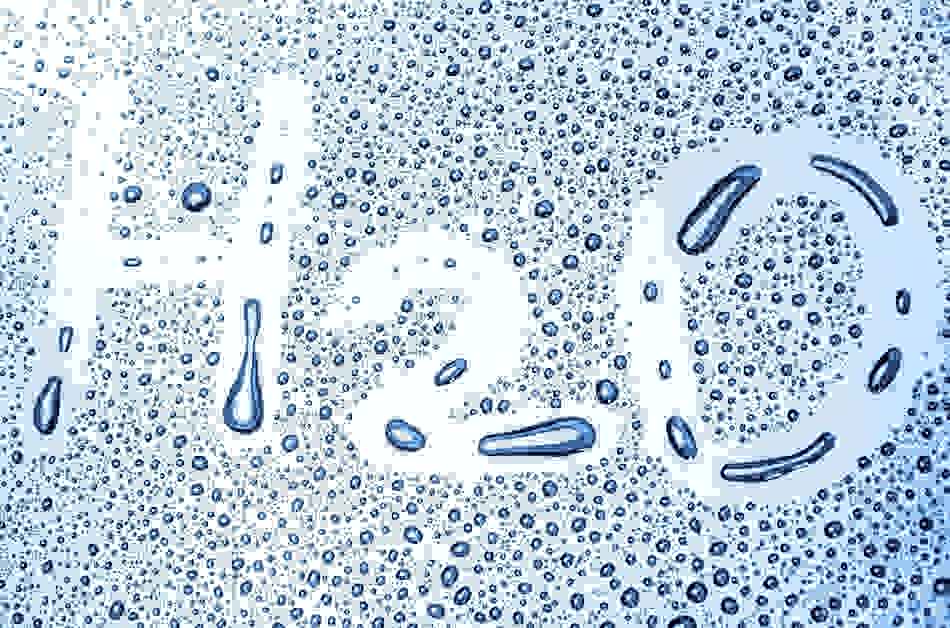Hcooch ch2 h2o. When it comes to chemistry, even the simplest-looking chemical formulas can unlock a world of complexity, innovation, and possibility. One such example is the combination of HCOOCH CH₂ H₂O. While these components might seem like mere fragments of organic chemistry at first glance, their roles in science, industry, and research are anything but small.
This trio represents more than just isolated molecules. It’s a representation of essential building blocks that contribute to some of the most crucial chemical reactions and applications in the modern world. Whether you’re a chemistry enthusiast, a student, or a professional working in pharmaceuticals, environmental science, or manufacturing, understanding this molecular system can open up valuable insights.
In this guide, we will break down the molecular structure, explore the chemical and physical properties, discuss how these substances are synthesized, and examine their real-world uses. We’ll also address important life safety and environmental considerations.
What is HCOOCH CH₂ H₂O?
To truly understand the significance of this chemical combination, it’s important to break down what each part means.
HCOOCH: Methyl Formate
Methyl formate, with the chemical formula HCOOCH₃, is an ester derived from formic acid (HCOOH) and methanol (CH₃OH). It has a pleasant, sweet smell and is commonly used as a solvent, in flavourings, and as an intermediate in industrial chemical production.
CH₂: Methylene Group
The CH₂ group, known as methylene, is a reactive part of organic molecules. It often appears as a linker in hydrocarbons or in intermediate stages during organic synthesis. In some chemical reactions, CH₂ exists as a carbene, a short-lived, highly reactive species.
H₂O: Water
Of course, water needs no introduction. It’s the universal solvent and plays a crucial role in almost all chemical and biological processes. It facilitates reactions, stabilizes compounds, and is essential in hydrolysis and solution chemistry.
So when we mention HCOOCH CH₂ H₂O, we’re typically referring to a system where these substances are involved in a reaction or a complex molecular environment, rather than a single fixed compound. Their interaction is particularly important in organic synthesis, material science, and industrial chemistry.
Molecular Structure
Understanding the atomic arrangement and how the components bond gives us a foundation for predicting behavior, stability, and reactivity.
Breakdown of Components
- HCOOCH₃ (Methyl Formate):
- Structure: H–C(=O)–O–CH₃
- Functional groups: Ester linkage
- Polarity: Moderately polar
- Geometry: Planar around the ester linkage
- CH₂ (Methylene):
- Structure: Carbon bonded to two hydrogen atoms
- Reactive form: As a carbene (:CH₂), it has a lone pair of electrons and an empty p-orbital, making it extremely reactive
- H₂O (Water):
- Structure: Bent or V-shaped geometry
- Hydrogen bonds: Strong hydrogen bonding potential
- Solubility: Universal solvent for polar and some non-polar substances
How Atoms Bond
- In methyl formate, the formyl (HCO-) group forms an ester bond with a methyl group (CH₃).
- The CH₂ unit can form new bonds in organic compounds, especially during polymerization or hydrocarbon chain formation.
- Water interacts through hydrogen bonds and can participate in hydrolysis, breaking down the ester bond in methyl formate.
Stability and Behavior
- Methyl formate is relatively stable but can undergo hydrolysis in acidic or basic conditions.
- CH₂ (carbene) is unstable and must be handled under controlled lab conditions.
- Water remains stable but profoundly affects the behavior of the other two components through solvation and as a medium for reactions.
Physical & Chemical Properties
Physical Characteristics
- Methyl Formate:
- State: Liquid at room temperature
- Color: Colorless
- Odor: Fruity, reminiscent of rum
- Boiling Point: ~31.5°C
- Melting Point: −99°C
- CH₂ (as a reactive intermediate):
- Exists only transiently
- Typically studied in gas phase or through reaction products
- Water:
- State: Liquid (under normal conditions)
- Color: Colorless
- Odor: Odorless
- Boiling Point: 100°C
- Melting Point: 0°C
Chemical Reactivity
- Methyl Formate:
- Can hydrolyze to formic acid and methanol
- Reacts with strong acids and bases
- Used as an intermediate in the synthesis of other chemicals
- CH₂ (Carbene):
- Highly reactive
- Inserts into C–H and C–C bonds
- Used in synthetic organic chemistry for ring formation and chain growth
- Water:
- Reacts with many compounds, especially in hydrolysis reactions
- Essential for proton exchange and ionic reactions
Synthesis & Preparation
Laboratory Synthesis
- Methyl Formate:
- Made by reacting formic acid with methanol in the presence of an acid catalyst:
HCOOH + CH₃OH → HCOOCH₃ + H₂O - Conditions: Mild heat, acidic pH, distillation to separate product
- Made by reacting formic acid with methanol in the presence of an acid catalyst:
- CH₂ (Methylene):
- Generated from diazomethane (CH₂N₂) or other precursors using UV light or heat
- Requires inert atmosphere (argon or nitrogen) to prevent side reactions
- Water:
- Typically used as a solvent or reactant, readily available and easy to purify
Materials and Equipment Needed
- Reagents: Formic acid, methanol, diazomethane precursors
- Equipment: Reaction flask, stirrer, distillation apparatus, UV light source
- Safety gear: Gloves, goggles, fume hood
Safety During Synthesis
- Methyl formate is flammable and volatile; avoid inhalation
- CH₂ generation must be done with extreme caution due to explosive intermediates
- Water can react violently with concentrated acids or reactive metals
Real-World Applications
Industrial Uses
- Methyl Formate:
- Used as a blowing agent in foam production
- Intermediate in manufacturing formamide and formic acid
- Solvent in textile and leather industries
- CH₂ Groups:
- Vital in polymer chemistry for creating plastics and rubbers
- Used in synthetic organic reactions to form rings and chains
- Water:
- Solvent for countless industrial processes
- Used in cooling systems, steam generation, and chemical transport
Pharmaceutical Applications
- Methyl formate derivatives can be used in:
- Drug intermediates
- Synthesis of active pharmaceutical ingredients (APIs)
- CH₂ plays a role in designing new carbon-based drug structures
- Water is fundamental for:
- Drug formulation
- Dissolution testing
- Purification steps
Environmental and Research Relevance
- Methyl formate is considered a greener solvent compared to traditional hydrocarbons
- Research is exploring its use in carbon dioxide capture and utilization
- CH₂ chemistry is important for renewable fuel development
- Water is central to studies in climate chemistry, biochemistry, and sustainability
Safety & Environmental Impact
Health Risks
- Methyl Formate:
- Inhalation can cause respiratory irritation
- May affect the central nervous system with prolonged exposure
- CH₂ Intermediates:
- Extremely dangerous due to reactivity
- Precursors like diazomethane are toxic and carcinogenic
- Water:
- Safe in general but can enhance the absorption of hazardous chemicals
Toxicity
- Methyl formate has an oral LD50 (rats) around 1000 mg/kg – moderate toxicity
- CH₂ as a carbene is too reactive to measure directly but is associated with dangerous precursors
Storage and Disposal
- Store methyl formate in a cool, well-ventilated area
- CH₂ should only be handled in labs with special containment systems
- Contaminated water must be treated before disposal to avoid environmental harm
Conclusion
The chemical trio of HCOOCH CH₂ H₂O offers a fascinating window into the world of organic chemistry. Far from being random molecular fragments, these components represent some of the most versatile and widely used substances in scientific and industrial domains.
From methyl formate’s use in manufacturing to methylene’s role in organic synthesis, and the omnipresence of water as a solvent and reaction medium, their combined interactions play a role in everything from pharmaceuticals to polymers, and from laboratory experiments to environmental applications.
By understanding the structure, properties, and applications of these substances, we gain not only technical knowledge but also a deeper appreciation for how chemistry shapes the world around us. Whether you’re creating new materials, improving industrial processes, or just exploring the wonders of science, this combination offers rich opportunities and essential insights.



